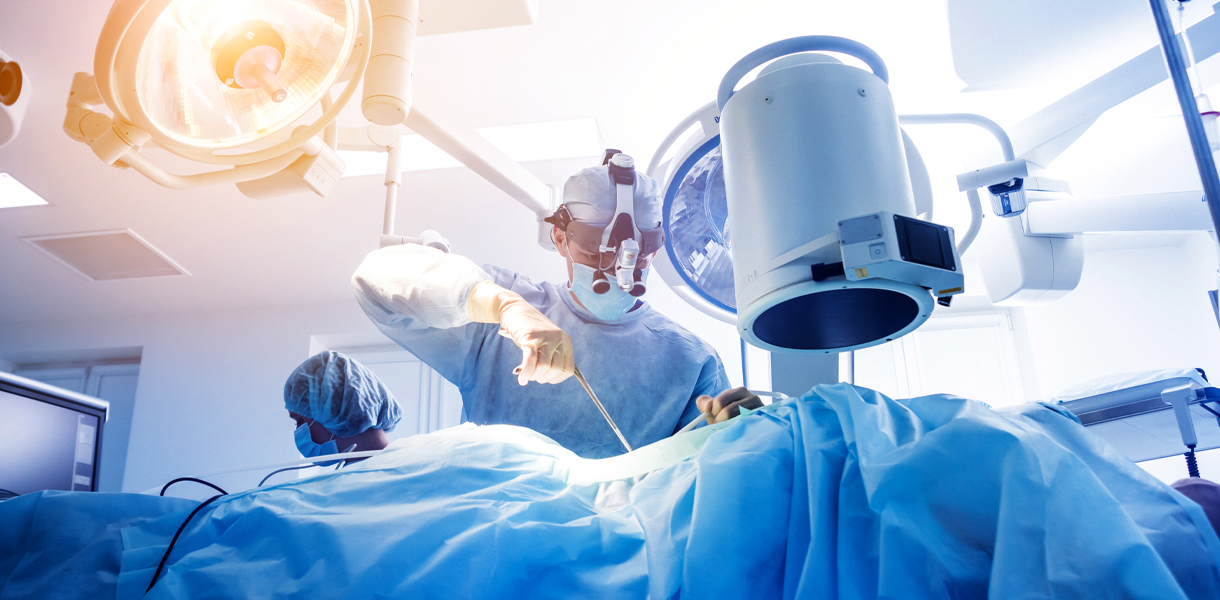
A hernia occurs when an organ or tissue pushes through a weak spot in the surrounding muscle or connective tissue, often resulting in a noticeable bulge. Hernias can develop in various parts of the body, but they are most commonly found in the abdomen.
There are several types of hernias, including:
Hernias are often caused by a combination of muscle weakness and strain. Factors that can contribute to the development of a hernia include:
The symptoms of a hernia vary depending on the type and severity. Common symptoms include:
Hernias are typically diagnosed through a physical examination, where the doctor checks for a bulge in the affected area. Imaging tests like ultrasound, CT scans, or MRIs may be used to confirm the diagnosis or assess the severity of the hernia.
Treatment for a hernia depends on the size and symptoms. Small, asymptomatic hernias may be monitored over time without immediate intervention. However, most hernias require surgical repair to prevent complications, such as strangulation, where the blood supply to the trapped tissue is cut off, leading to a medical emergency.
There are two main types of hernia surgery:
Most hernias can be effectively treated with surgery, and patients often return to normal activities within a few weeks, depending on the type of surgery and their overall health. Without treatment, hernias may enlarge and lead to serious complications, so early diagnosis and management are important.
To reduce the risk of developing a hernia, it's important to maintain a healthy weight, use proper techniques when lifting heavy objects, avoid straining during bowel movements, and manage conditions like chronic cough or constipation that can increase abdominal pressure.